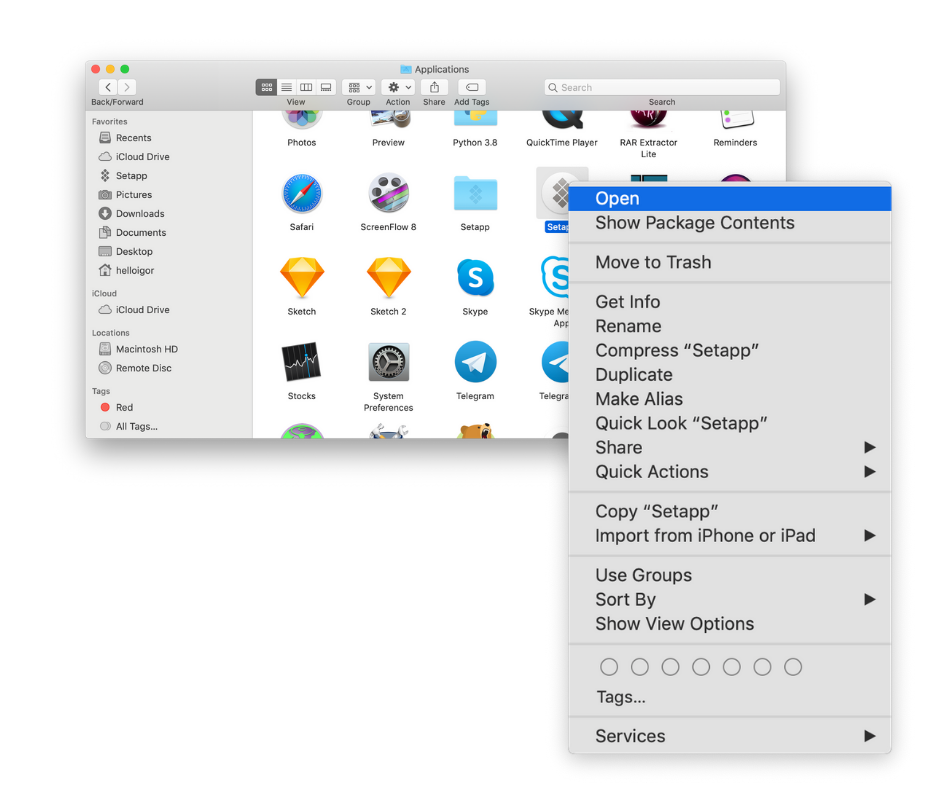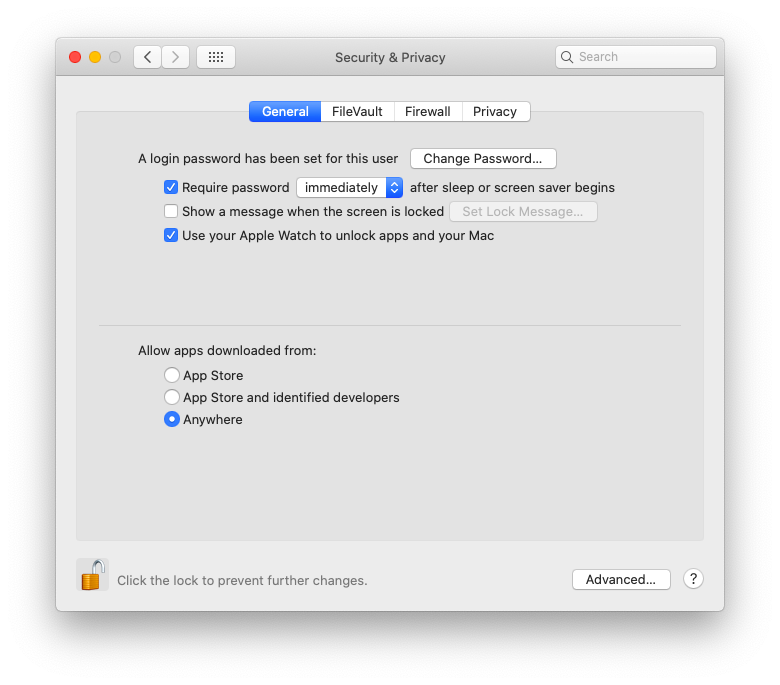Allow applications downloaded from anywhere in macOS Sierra. Mac: user$ xattr /Applications/Some.app mac: user$ Now you should be able to run the app. Advanced Mac users may wish to allow a third option, which is the ability to open and allow apps downloaded from anywhere in macOS Sierra. You’ll now be able to open and launch apps from. You can enable 'Subtitles/CC' in this video Running into issues installing downloaded apps on your Mac in Sierra or High Sierra or Mojave? Is your Mac tell. To limit the risk of malware infections, the Gatekeeper feature of Mac OS X restrict the download and installation of applications to the Mac App Store and identified developers, namely to all the apps that follow Apple's PLA (Program License Agreement).
Tip
Hey,
A new feature in Mountain Lion is the ability to protect your Mac from running applications that are not from authorised developers. This means developers from the App Store and identified developers apps will run normally. Those apps that are from other sources will automatically be disabled, and not run. This is a security measure to ensure no malicious code runs on your Mac. However, if you like downloading and running apps that are not from the usual source, you may want to turn this off. This post will show you how.

Allow Alternate Applications To Run
To allow any application, downloaded from any source to run you need to change a system preference setting. Open up system preferences in your applications folder. Select the Security & Privacy preference. Under the general tab there is an option to select which applications run depending on there download source.
This little system preferences option will allow you to change settings.
You can then pick the option you want. If you want to be very safe you can pick Mac App Store only. If you want to run your computer normally I would select the second option of Mac App Store and identified developers, I don’t see why it has to be any more strict than this. If you want an app downloaded from anywhere to run you select the option entitled anywhere.


Its a simple setting, however if you experiment with applications downloaded from various sorted, you may want to select the third option.
Related posts:
Where To Next?
macOS High Sierra is a great update and brings lots of new and much needed improvements but that doesn’t mean that some of the changes can’t be annoying.
For example, just like in macOS Sierra, one of the changes that Gatekeeper comes with is that there’s no immediate way to allow unsigned apps to open.
Up until now, Gatekeeper also allowed you to open apps downloaded from “Anywhere” but that’s no longer the case. Of course you can still open unsigned apps, but it’s a pain in the ass.
Let’s say you want to open a free app like Audacity. Open it and you will get this pop-up…
Ok, nothing new here. This was present in previous OS X version too. However, in previous versions you always had the option to set OS X and allow unsigned apps from “Anywhere”.

In macOS High Sierra that option is missing and, you will always have to go to System Preferences>Security & Privacy> and click on a new button that says “Open Anyway”.
Luckily there’s an easy fix for this:
1. Open up Terminal, type “sudo spctl –master-disable”( no quotes ), and hit enter ( NOTE: you might not be able to copy – paste the command in the terminal. See the screenshot below to make sure you enter it correctly )
2. Type in your password ( you won’t be able to see what you’re typing ), and hit enter
3. You’re done.
Mac Allow Apps Downloaded From Anywhere Catalina
Now you can go to Preferences>Security & Privacy and choose “Anywhere”
Allow Apps To Download
NOTE: if you want, for some reason, to go back to the way macOS High Sierra wants it all you have to do is repeat all the steps above but instead of “disable” change it to “enable”. ( i.e. “sudo spctl –master-enable” )